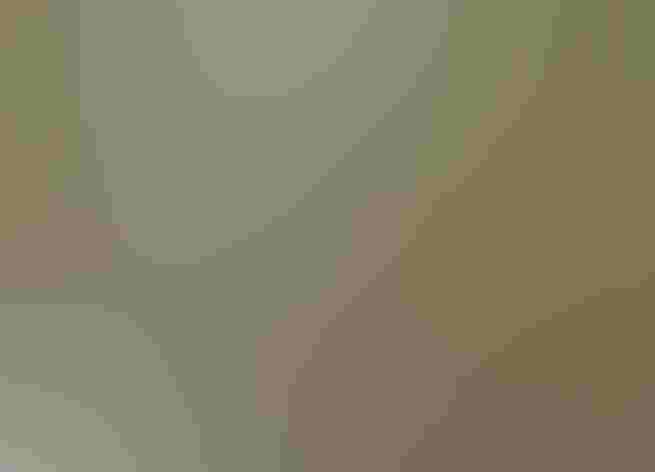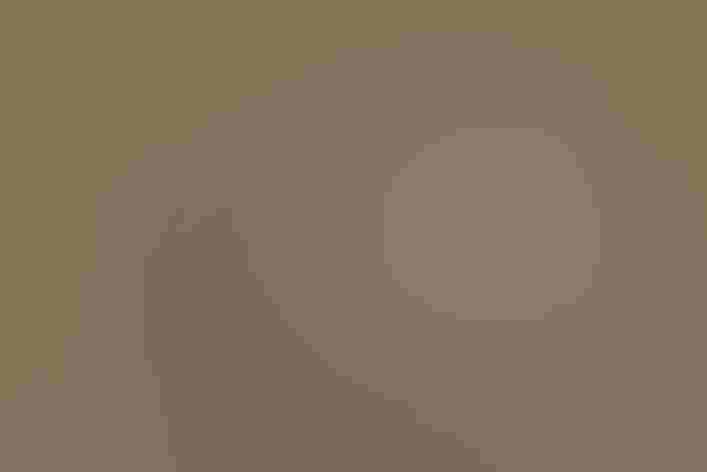Sabine’s Gull
At a Glance
A small gull with a spectacular wing pattern. Generally a prized sighting for birders, because it nests on tundra of the high Arctic and migrates south at sea, often well offshore. A young Sabine's that goes astray in fall may cause excitement by showing up on a pond far inland. Delicate in its feeding, this species often floats in the air low over the water, dipping down to take food from the surface without landing. Its flight action may suggest a tern more than a gull.
All bird guide text and rangemaps adapted from Lives of North American Birds by Kenn Kaufman© 1996, used by permission of Houghton Mifflin Harcourt Publishing Company. All rights reserved.
Category
Gull-like Birds, Gulls and Terns
Conservation
Low Concern
Habitat
Lakes, Ponds, and Rivers, Open Ocean, Tundra and Boreal Habitats
Region
Alaska and The North, California, Eastern Canada, Florida, Great Lakes, Mid Atlantic, New England, Northwest, Plains, Rocky Mountains, Southwest, Texas, Western Canada
Behavior
Direct Flight, Hovering
Population
340.000
Range & Identification
Migration & Range Maps
Birds from Alaska and Siberia migrate south along Pacific Coast to spend winter off western South America. Those from eastern Canada and Greenland mostly migrate eastward across North Atlantic and then south, wintering mostly off South Africa. Thus migrants are often seen on boat trips off our west coast, rarely off our east coast. Every fall, a few (mostly young birds) show up on lakes in the interior of North America.
Description
13-14" (33-36 cm). Striking wing pattern in flight is best mark, with large triangles of black, white, and gray (but see immature Black-legged Kittiwake). Adults have black hoods in summer; fall juveniles are brownish and scaly on back.
Size
About the size of a Crow, About the size of a Robin
Color
Black, Gray, Red, White, Yellow
Wing Shape
Long, Pointed, Swept, Tapered
Tail Shape
Notched, Square-tipped
Songs and Calls
High-pitched grating or squeaking notes.
Call Pattern
Falling, Flat, Rising
Call Type
Raucous, Scream
Habitat
Ocean; nests on tundra. During summer on low, marshy tundra close to coast, especially areas with many ponds and shallow tidal flats. In migration and winter mostly at sea, typically a few miles offshore over continental shelf; concentrates in winter where there are upwellings of cold water near coastlines south of the Equator.
Sign up for Audubon's newsletter to learn more about birds like the Sabine's Gull
Behavior
Eggs
2, sometimes 1-3. Olive with darker olive-brown spots. Incubation is by both sexes, 23-25 days. Parents may defend nest by dive-bombing intruders, or may try to lead predators away with distraction display.
Young
Shortly after young hatch, parents lead them to area near water; young mostly feed themselves. Age at first flight unknown.
Feeding Behavior
During migration and winter (mostly at sea), forages by dipping to surface of water in flight, or by picking up items near surface while swimming. During summer, also does much feeding while walking on tidal flats or in marshes. In shallow water may spin in circles, stirring up items from bottom.
Diet
Insects, fish, crustaceans. Diet in summer mostly insects and aquatic insect larvae, also some crustaceans, mollusks, marine worms, small fish. Winter diet not well known, includes small fish, crustaceans.
Nesting
Male on territory lures female by giving long call, arching neck, bowing. In courtship, male may feed female. Nest site is on open ground, in small colony, typically close to water. Usually located in or near a colony of Arctic Terns. Nest is a shallow depression, either unlined or with a lining of seaweed, moss, feathers.
Climate Vulnerability
Conservation Status
Remote summer range and sea-going habits probably help ensure survival. Like other seabirds, could be vulnerable to pollution in coastal waters during migration or winter.
Climate Threats Facing the Sabine's Gull
Choose a temperature scenario below to see which threats will affect this species as warming increases. The same climate change-driven threats that put birds at risk will affect other wildlife and people, too.







